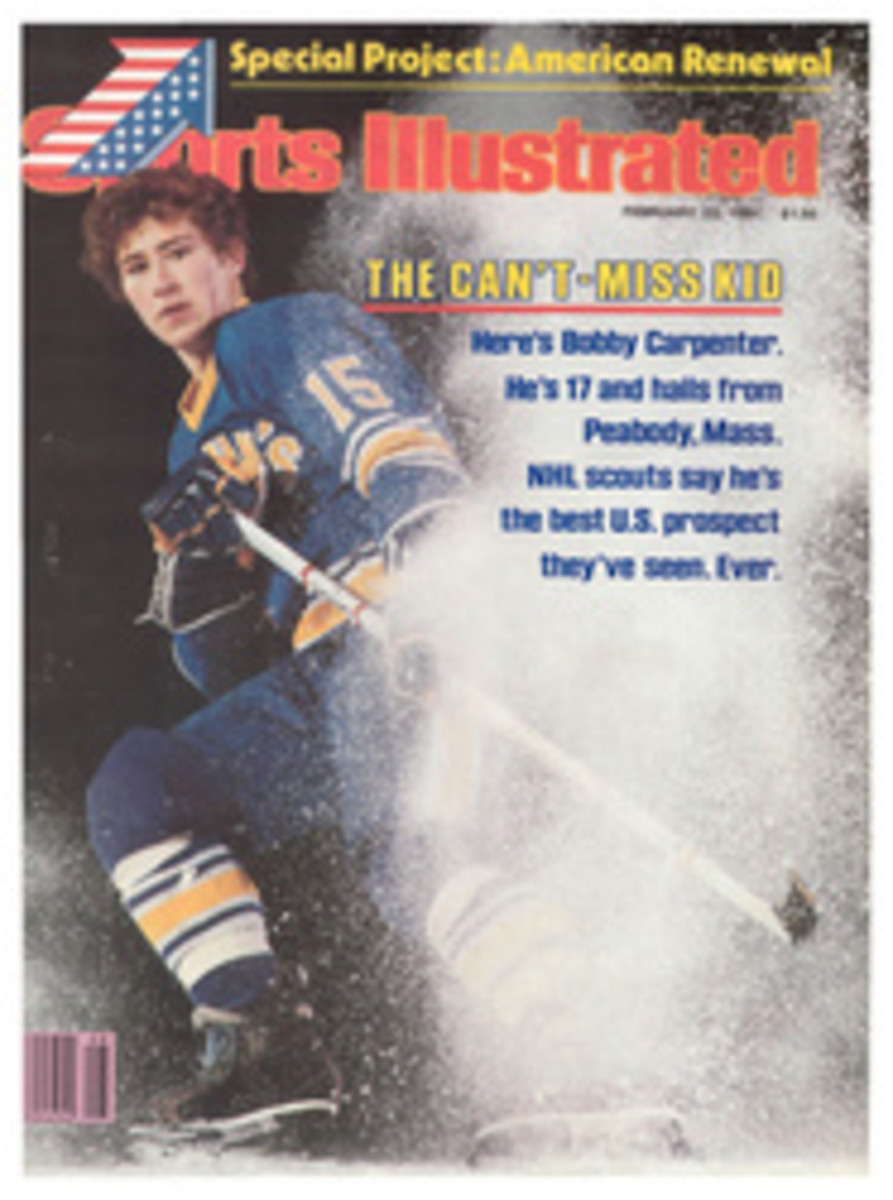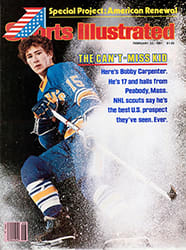
A PHOTO-FORGER CONFESSES HIS SINS AND DISCOVERS THAT HE IS NOT ALONE
It was about 15 years ago that I began to write outdoor articles. One of my first was an account of steelhead fishing that I submitted to a regional magazine, and when word came back from the editor that he would buy the piece only if I could supply some black-and-white photographs to accompany the text, I was elated.
So, the following weekend, my wife, Hilde, and I set out for a nearby river with my fishing tackle, a fairly good German camera I had won in a poker game in the Army and a couple of rolls of film. The plan was for me to hook a fish and Hilde to snap the photos as I played and landed it.
The plan didn't work. I fished through most of the day without a strike. There was no more than an hour of good light left when I decided to do something that has left me feeling vaguely guilty through all the ensuing years. I faked the pictures. It wasn't awfully difficult, either.
For playing-the-fish shots. I tied a two-pound stone to the end of my fly-line leader. At a scenic bend in the river—rocky on my side, fir trees on the opposite bank—I stationed myself at the water's edge with Hilde on a boulder above me and just upstream, the sun directly behind her.
Then, with 20 feet of fly line stripped from the reel, I would toss the stone out into the middle of the stream and quickly strike a pose with my rod before it hit the water. Hilde tried to click the shutter just as the line tightened and the stone disappeared beneath the surface. She was too quick a few times, too slow a few others, but we got some shots in which it appeared that the splash had been made by a fish. We also took a couple with a much larger stone tied to the leader, and with that stone on the river bottom and the rod bowed nearly double, it looked as if I were battling quite a steelhead.
We finished the job the next day at a creek near our home, where we took some close-ups of the landing of the steelheed. For these we used the resin mold of a 10-pound fish that I had made a year earlier following the instructions in McCIane's Standard Fishing Encyclopedia. I was a little worried that the un-bendable mold would look the same in every shot. But by varying the angle and the light, we came up with three or four reasonably convincing exposures. The photos passed editorial inspection, and the story sold.
I kept the shameful secret to myself for a couple of years. Then a friend of mine wrote a grouse-hunting article. The editor he sent it to responded that he couldn't use the text without accompanying photographs.
Frankly, I was glad—as I suppose most sinners are—to have the opportunity to corrupt a friend. We went out and got the usual shots of a dog at point (pointing a pheasant wing we had hidden in a bush), the expectant hunter walking up behind the dog for the flush of the bird. Next I took a few of my friend bringing the gun to his shoulder. For the obligatory photo of a gunner bringing down a bird in flight, we used a dusty old mounted grouse that we had bought for a few dollars at a hardware store. With the wooden pedestal removed, I tossed the thing in the air time after time, and my friend blasted away at it. After using half a box of shells there wasn't much left of the bird, but we got what we were after—the hunter at the moment of the shot, the dog looking skyward and the bird (though barely recognizable) outlined in a puff of feathers 20 yards out against the trees.
So I had a companion in guilt for the next 10 years. During that time I continued writing outdoor stories, but never again did I submit phony photographs with them.
Then, in 1978, something happened that made me feel a good deal better. I had an article published in Gray's Sporting Journal, and while leafing through a copy of the issue, I came across an expose of outdoor photography by Charles F. Waterman. In it, Waterman—himself a photojournalist—explained how some of his colleagues would hire divers to throw dead fish up through the surface of the water for those leaping-fish pictures (apparently you have to use a lot of film in such a setup, because the timing is difficult and in many of the shots the diver's hands will show); how upland birds with fishing line tied to their legs are released time and again, continually dragged back down to earth for another flight, another hunting photo; how stuffed animals and mounted birds are used for some of the spectacular layouts featured in wildlife magazines.
Sure enough, when I began to study published outdoor photographs carefully, I was surprised at what I saw. For instance, in a pheasant-hunting article in a national magazine, there was a traditional color photo showing a hunter with his expensive shotgun halfway up, an apparently just-flushed bird a few yards out ahead of him over an exceedingly picturesque grain field. It looked a little too good to be true, and it was. Examination under a magnifying glass showed that the pheasant—apparently a bird stuffed in an attitude of flight—had been suspended over the field on monofilament line.
My education continued at the meeting of a fishing club I was invited to. After two or three drinks, I fell into conversation with a successful producer of outdoor movies. I complimented him on one of his efforts—a film that dealt in part with a river I knew fairly well—but I also told him I was surprised at the size of a trout he had shown being landed from that stream, a fish twice as big as anything I'd ever caught there myself. "Well." he said with a smile, "don't feel bad. That trout came from another stream. We caught it and dumped it into a garbage can full of water, and then drove like hell to get to where we had the cameras set up."
When I asked him if that sort of thing was fairly common, he admitted it was, and even gave me a few examples, the most interesting of which concerned some work he had done with a bass fisherman in a rowboat on a lake. He needed footage of a fish running line from the reel, and managed it by setting up his camera in another boat between the fisherman and shore. Then the fisherman's line was tied to the collar of a Labrador retriever sitting at the water's edge, and the dog's master was stationed 50 yards back from the water. When the master whistled, the Lab sprinted to him, line whistling off the reel as the camera rolled.
I certainly don't mean to imply by this that outdoor writers are never guilty of transgressions in prose. Even those of us who have given up photography and consider ourselves essentially honest misrepresent our experiences now and then. Quite naturally, we tend to write about the exceptional days afield—the times when fish rise willingly, when game is abundant, when something out of the ordinary happens. All those other days—when we fall into the river instead of wading gracefully across it, when every third back cast tangles in a tree, when opportunities are missed or wasted and every plan fails miserably—are not apt to make good reading, so we usually ignore them.
Worse, though, are sins of commission—exaggerations and outright lies. Once I spent a summer working at a steelhead fishing lodge, and while I was there a writer showed up to do a story for a national outdoor magazine. He had never fished the river before, and only stayed two days. I kept my eye on him, and, in truth, he wasn't much of an angler. In fact, I never saw him hook a thing.
But when his story appeared months later, it depicted a day during which he had landed better than a dozen steelhead, the largest of them 15 pounds—an accomplishment I would rate as comparable to a rookie shortstop batting in 100 runs.
The obvious fact is that the editors of the magazines in which such stories appear believe that their readers want furious action and are gullible enough to believe what they are told and what they think they see.
I can't imagine that the situation will ever change, but perhaps all those involved in the production of outdoor stories, photos and movies should be asked to submit to lie-detector tests at the completion of each assignment. Though that will never happen, it would certainly be amusing to get a look at some test results.

